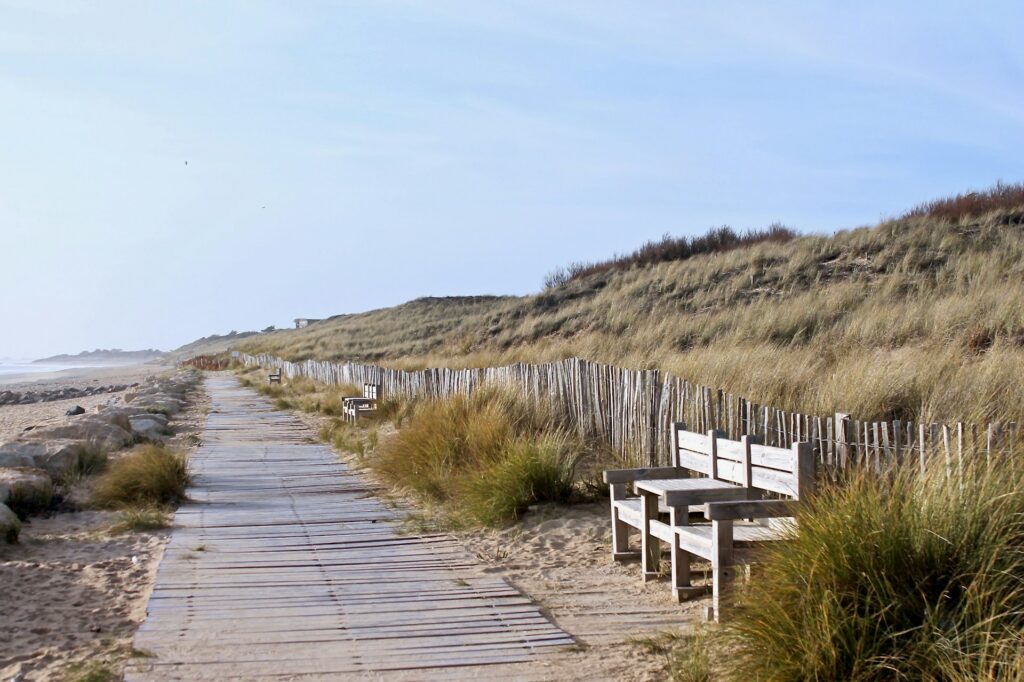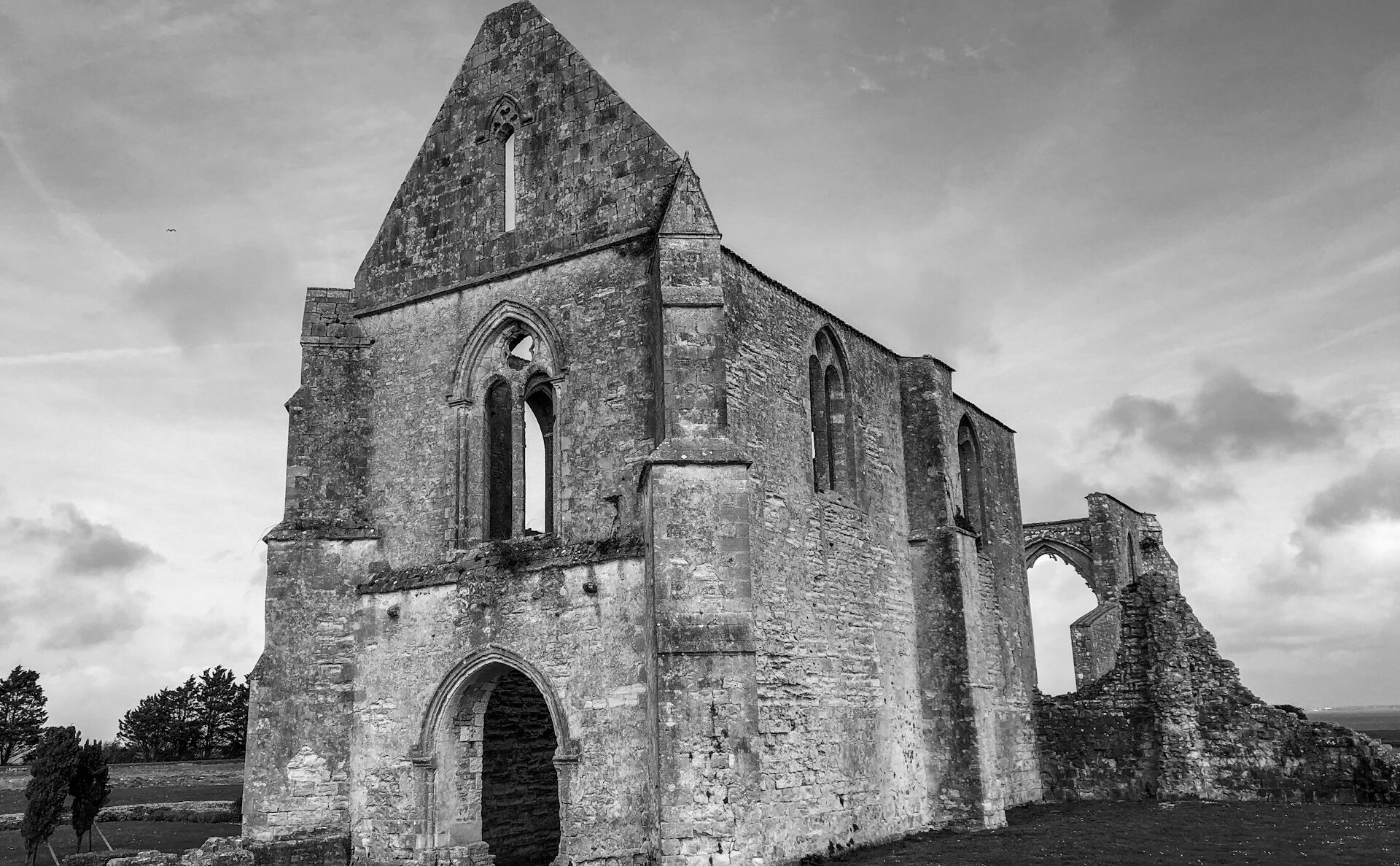Perched on the Ile de Ré in La Flotte, the Abbaye des Châteliers is much more than just a historical site; it is a silent witness to centuries of faith, conflict and resilience. Located close to our campsite on the Ile de Ré, it offers visitors a journey back in time to the heart of Charente-Maritime, surrounded by an exceptional natural setting.
Key points to remember
- The Châteliers abbey is located in La Flotte.
- Founded in the 12th century by Cistercian monks, it is one of the oldest religious buildings on the Ile de Ré.
- Its sober, uncluttered architecture perfectly reflects Cistercian principles: balance, natural light and simplicity.
- Partially destroyed in the 16th century during the Wars of Religion, the ruins today are steeped in history.
- Access is free and open all year round, with guided tours available in summer to enhance your discovery.
- Just 15 km from our campsite, the abbey is accessible by bike.
The rich history of the Châteliers abbey
Founded in the 12th century by Cistercian monks, Les Châteliers Abbey embodies the quest for spirituality and hard work. Gradually transforming the marshlands of theIle de Ré into fertile land, the monks turned the site into a major religious and economic center in the Middle Ages.
The abbey’s influence spread far beyond the island, attracting pilgrims and travelers alike. It became a beacon of stability in an often troubled age.
But in the 16th century, the Wars of Religion left their mark: partially destroyed by Protestant troops, the abbey entered a slow decline. Even today, its imposing ruins bear witness to this turbulent period.
Despite centuries and trials, the spirit of the place endures. Restoration campaigns have saved this emblematic La Flotte heritage, which is still at the heart of conservation projects.

Sober, Cistercian architecture
The Abbey of Les Châteliers is a remarkable example ofCistercian architecture, where sobriety is an aesthetic principle. True to the spirit of their order, the monks designed a building free of superfluous ornamentation, with clean, balanced lines. The use of local limestone lends the building a light hue and a certain visual austerity, reinforcing the sense of contemplation.
The abbey church, with its single nave, opened onto a bare choir lit by large ogival windows that let in natural light, accentuating the verticality of the volumes. The ogival vaults and pointed arches testify to a transition to Gothic art, without ever betraying Cistercian rigor.
The very location ofLes Châteliers abbey, isolated in the middle of the countryside, reflected a spiritual ideal: a secluded place conducive to prayer and work.
Despite the ruins, the present-day remains still allow us to read this sober, functional architecture, designed to last and inspire.
A rare and precious testimony to medieval monastic art!
Les Châteliers abbey: practical information
- Access: the abbey is located in La Flotte, just 15 km from La Tour des Prises campsite. So you can get there by bike!
- Visits: guided tours are available during the summer season to learn more about the site’s history.
- Price: access to the abbey is free, including guided tours. Ideal for a cultural outing on a budget!
- Our tip: for a more intimate experience, opt for a visit in spring or autumn, away from the summer crowds. Late afternoons are also preferable, as the light of sunset sublimates the ruins, creating a magical atmosphere.
Don’t miss the chance to combine a visit to the Abbey of Les Châteliers with a relaxing stay at La Tour des Prises campsite. Nestled in an unspoilt natural setting, our 4-star campsite is the perfect place to enjoy a unique experience on the Ile de Ré, just a stone’s throw from the historical and natural treasures the island has to offer!

